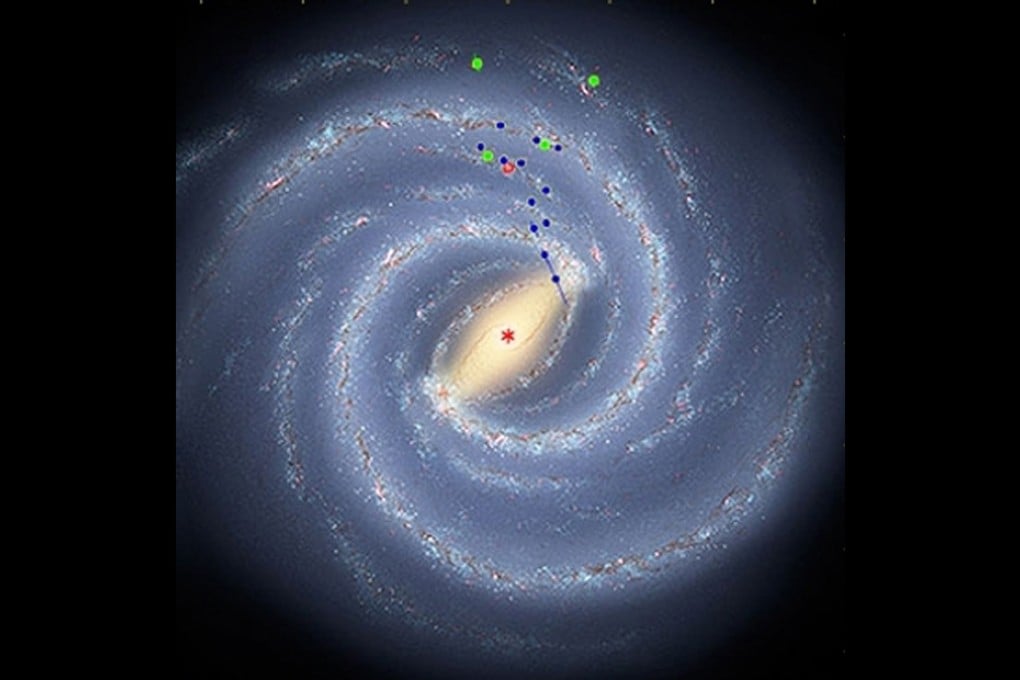Ancient planets orbiting ancient star found relatively close to earth
One planet may be positioned for liquid water, and therefore life, to possibly exist

Scientists have discovered two ancient planets orbiting a strange old star relatively nearby in our stellar neighbourhood.
One of the newly found planets is perhaps five times the mass of earth, and astronomers believe it is the right distance from the host star to potentially sustain liquid water on its surface. That means it could be suited for life.
The second planet is even bigger – a super-earth – but it is probably too cold to support liquid water. And researchers say there may be more planets in the system as well.
“The star is very quiet, and more detailed observations may reveal more planets,” said Guillem Anglada Escude, of Queen Mary University of London. “Most likely they will be even smaller.… True earth-like candidates are possible in the system.”
The star is very quiet, and more detailed observations may reveal more planets
Anglada Escude is the lead author of a paper describing the discovery published in the journal Monthly Notices of the Royal Astronomical Society.